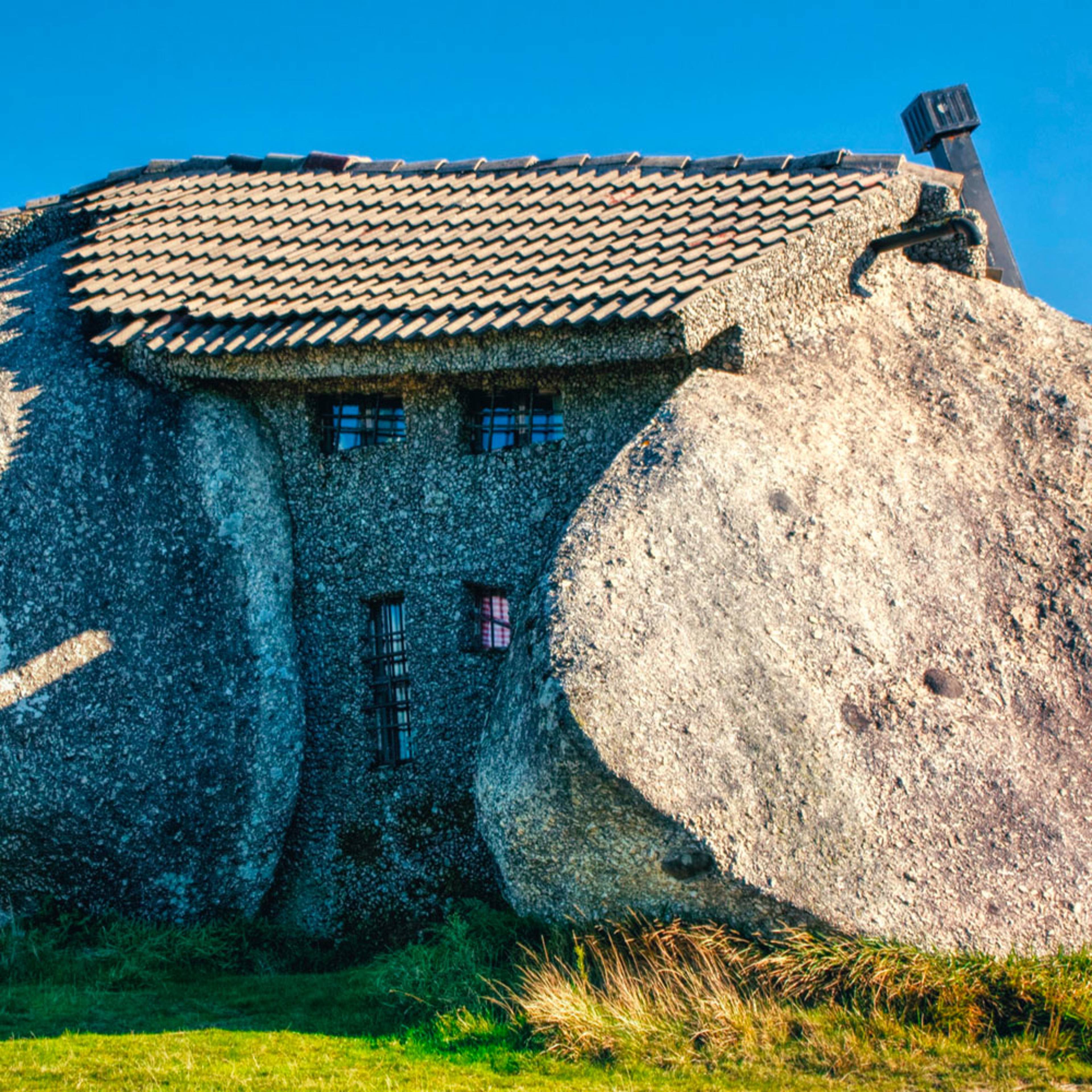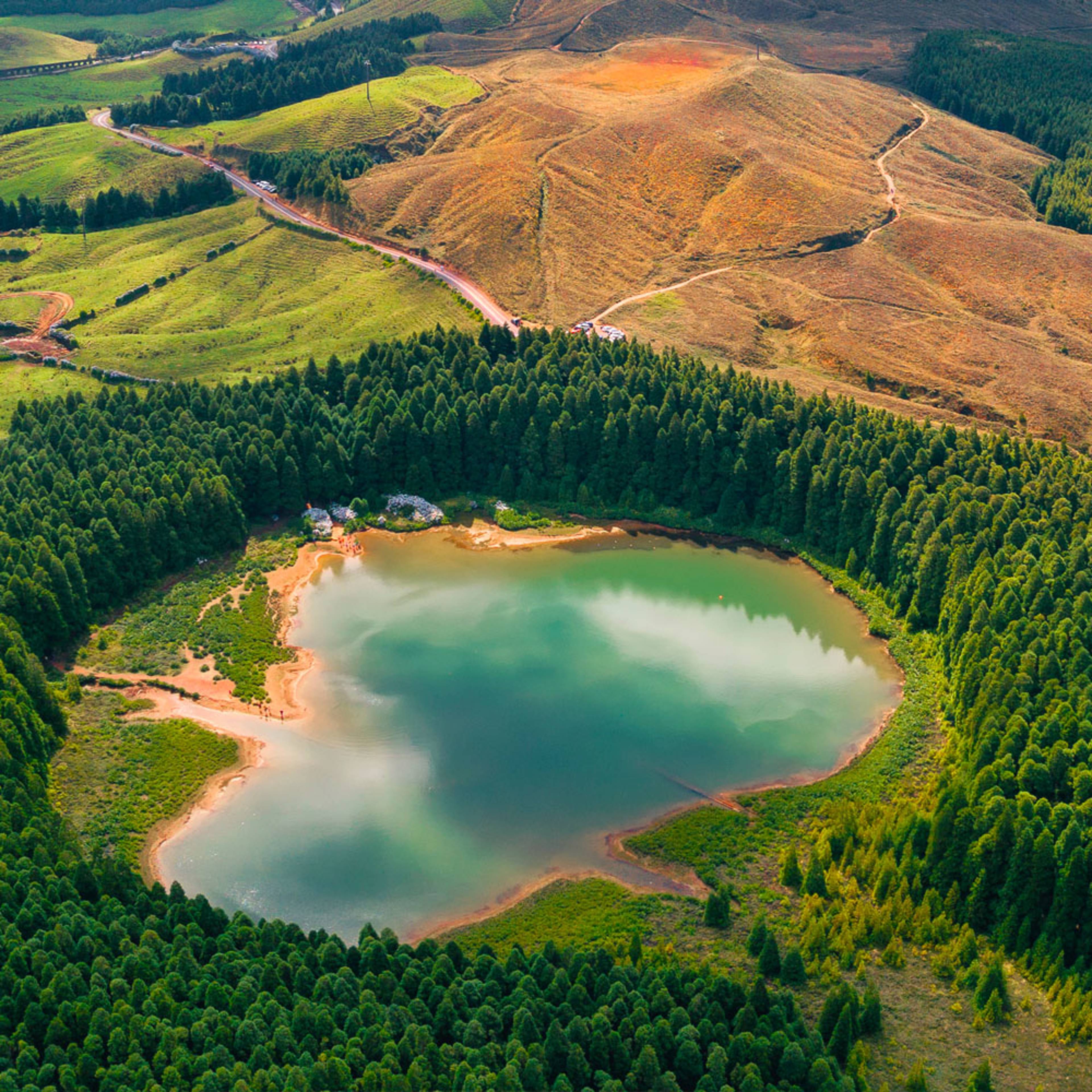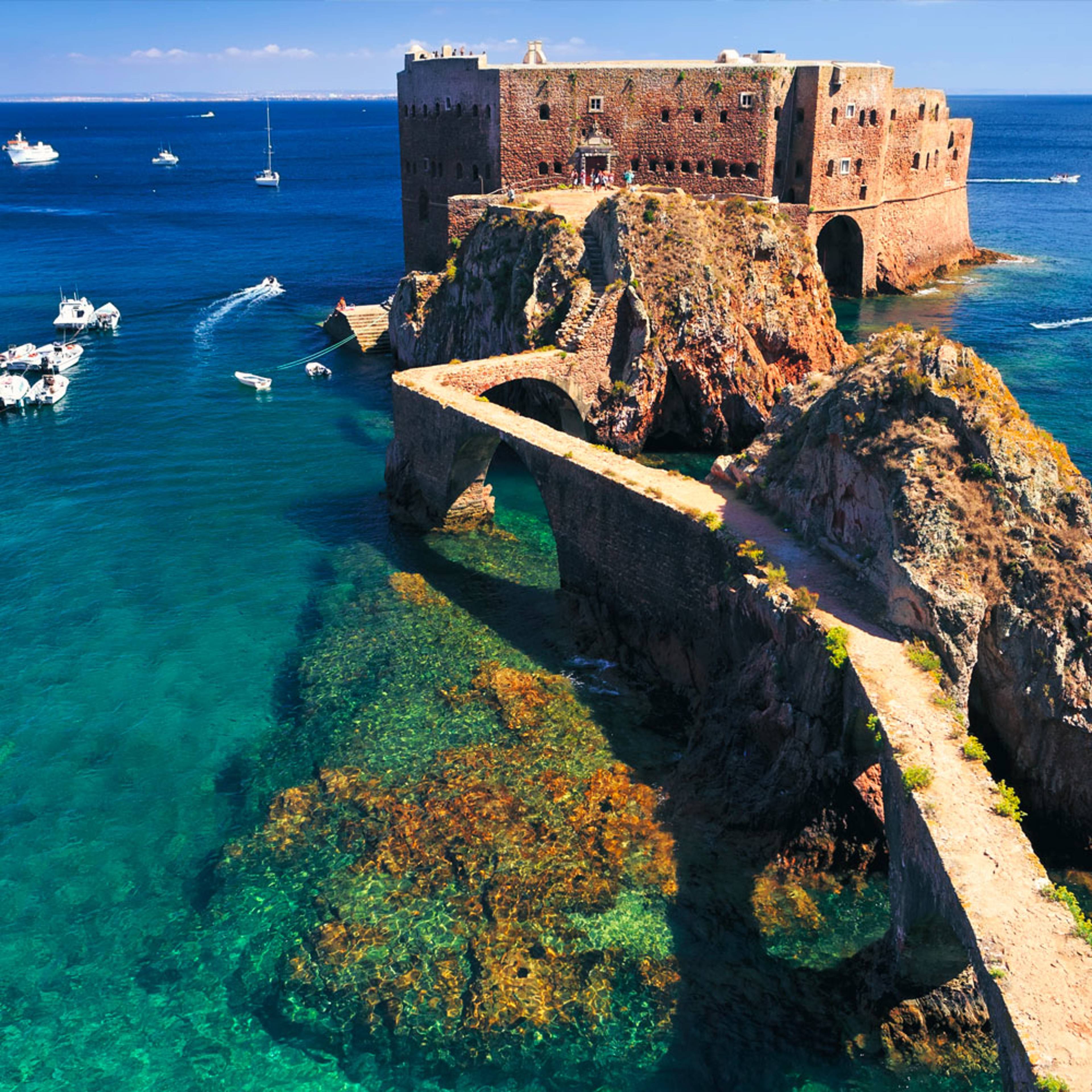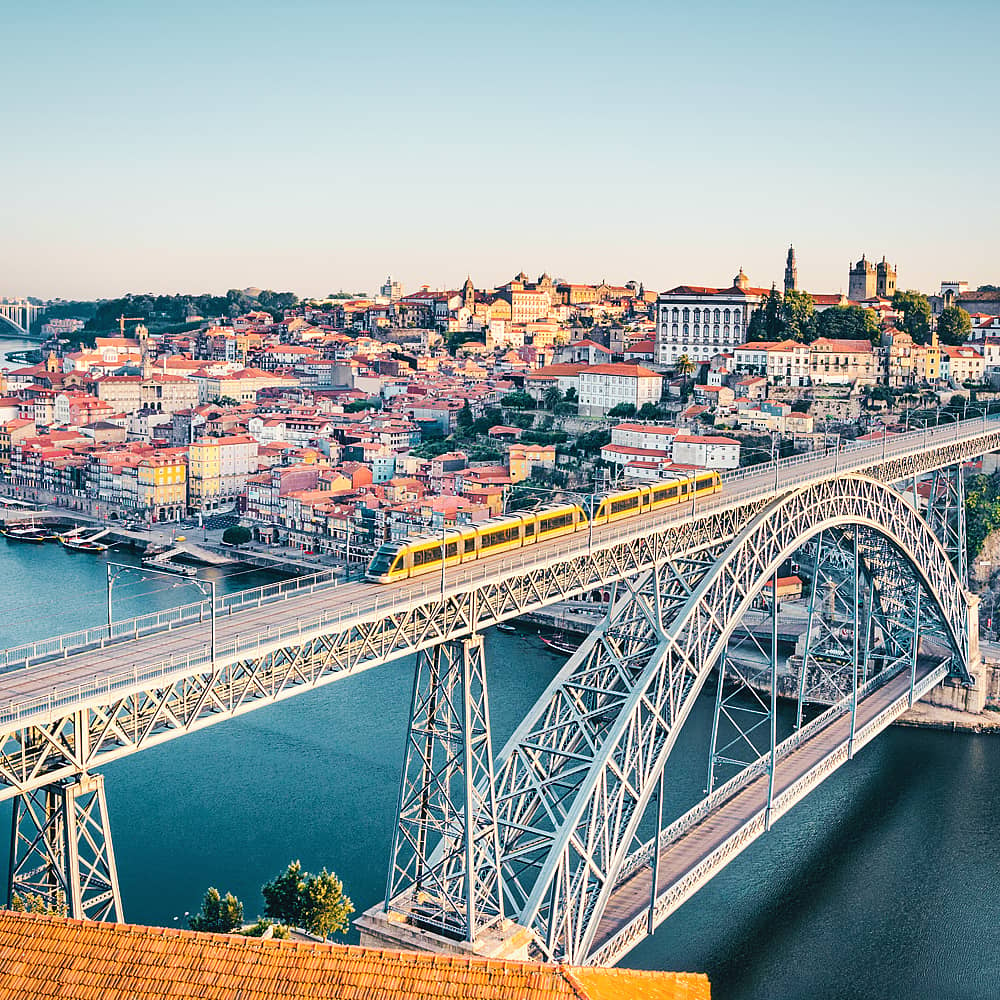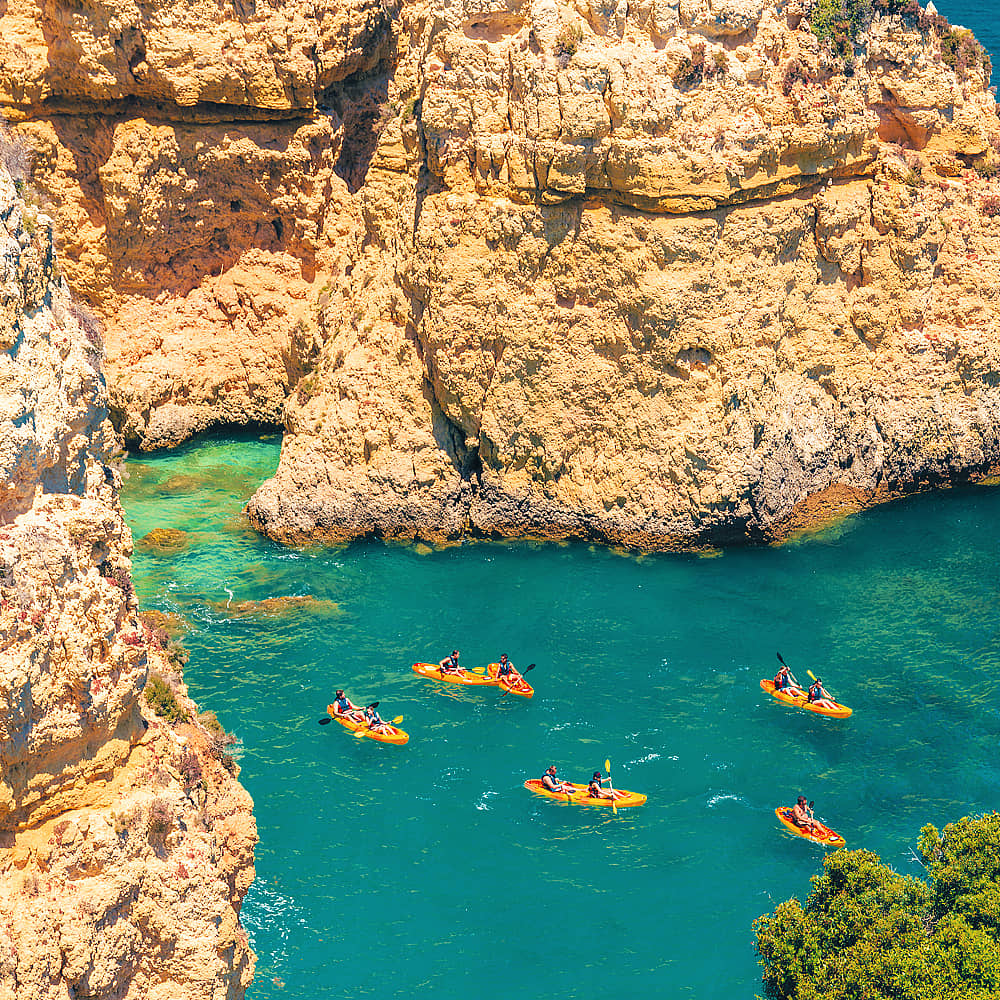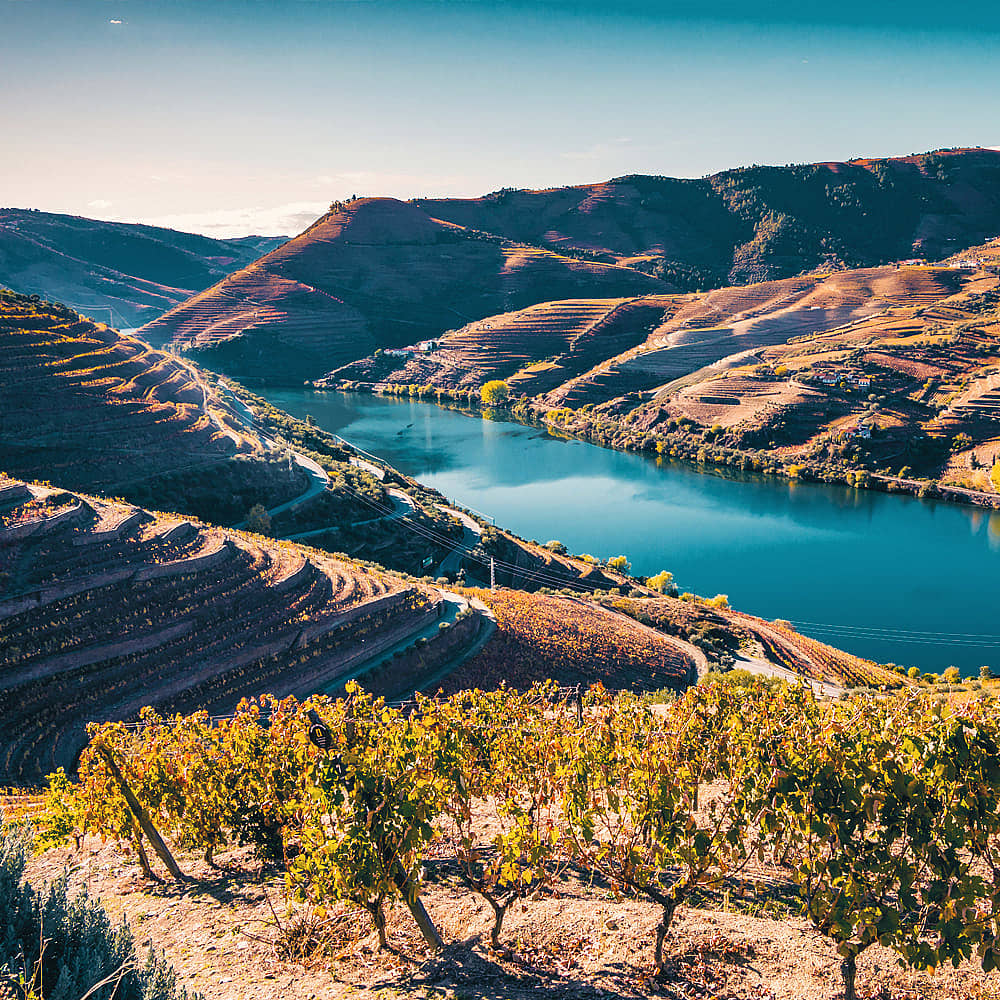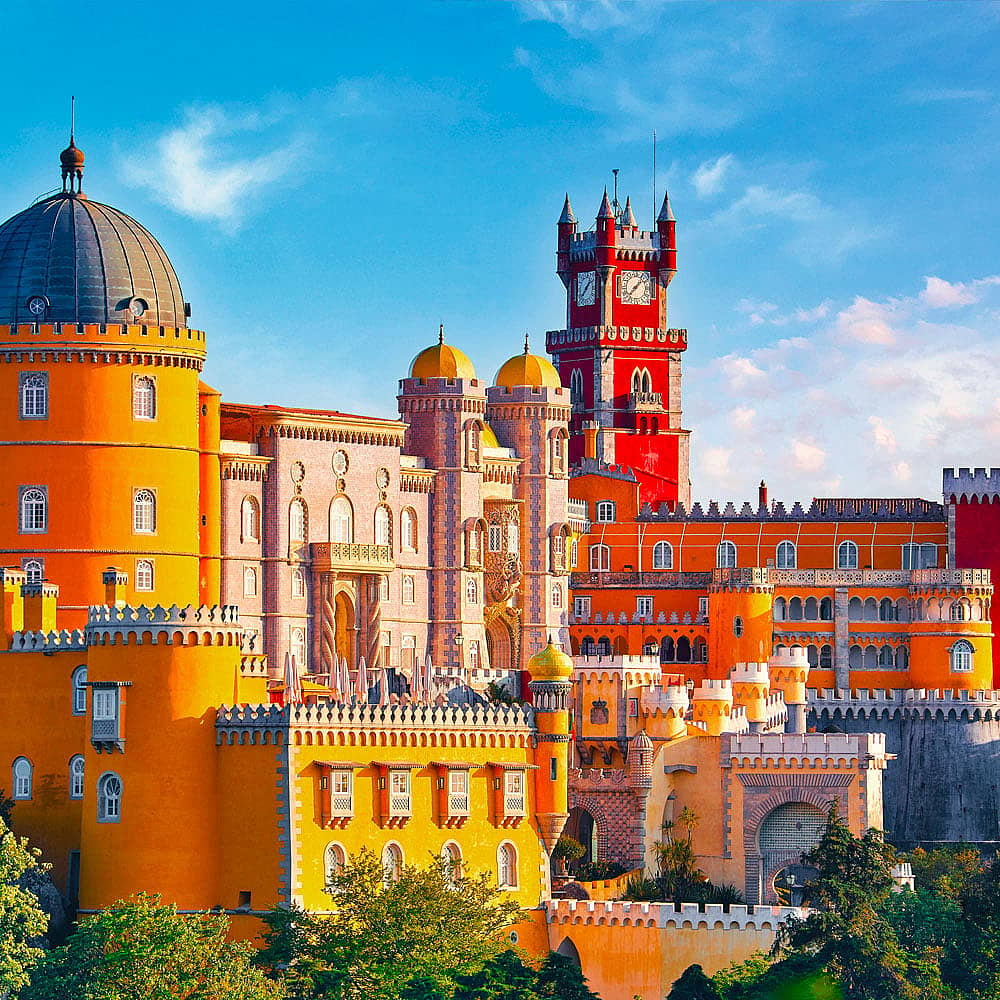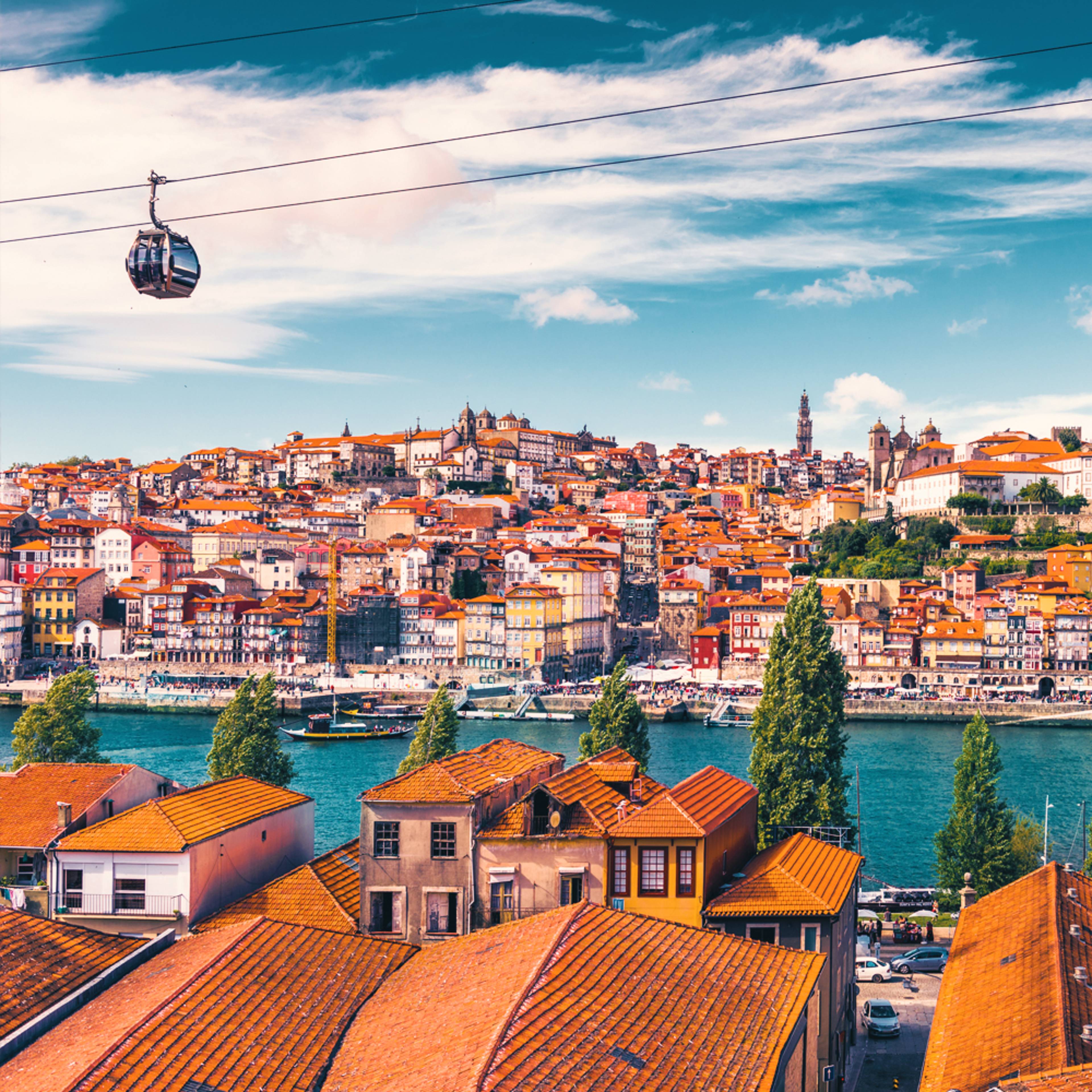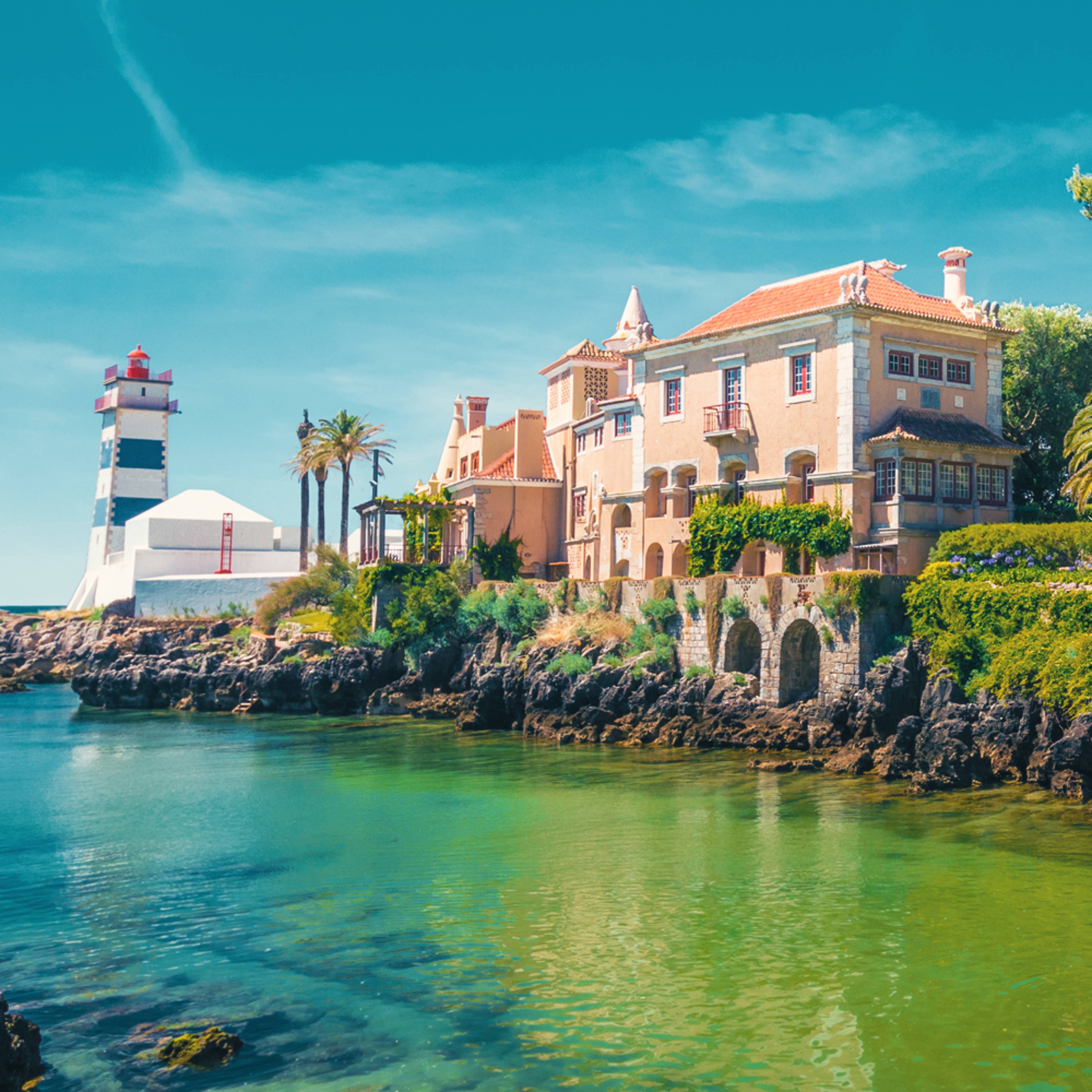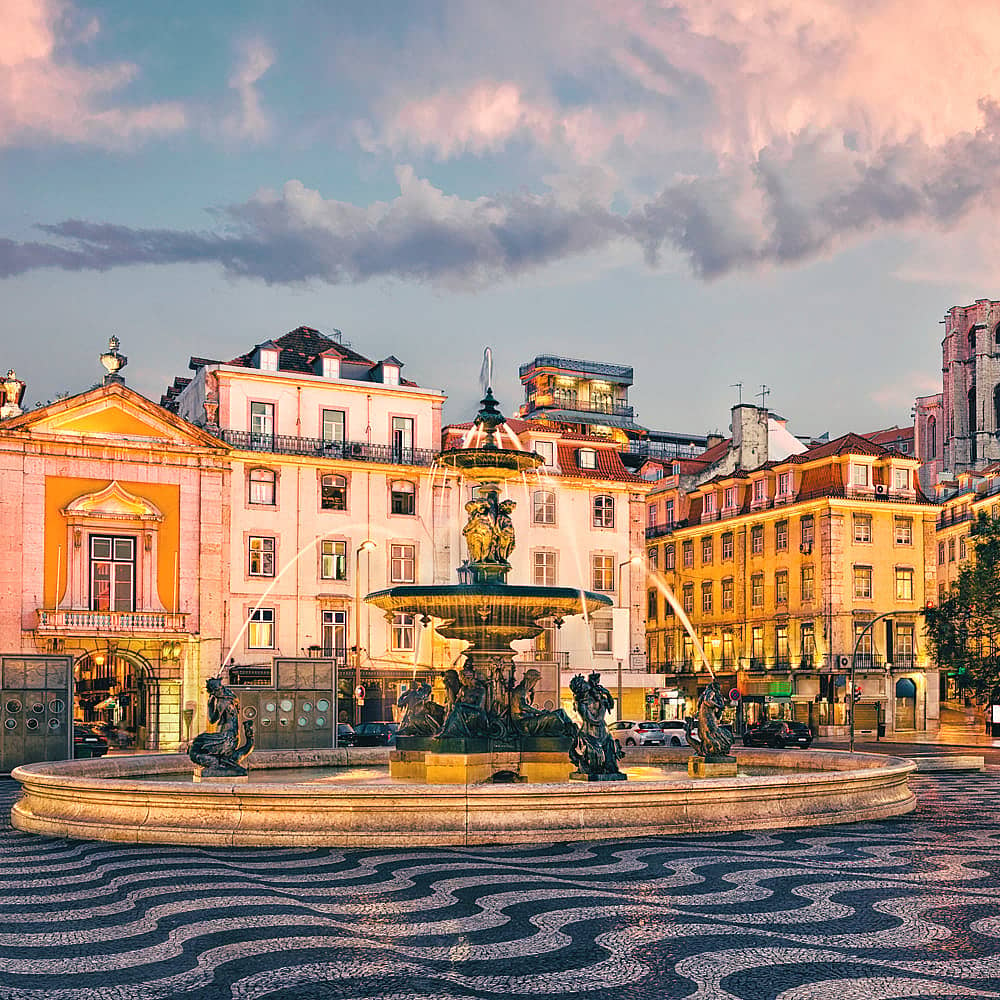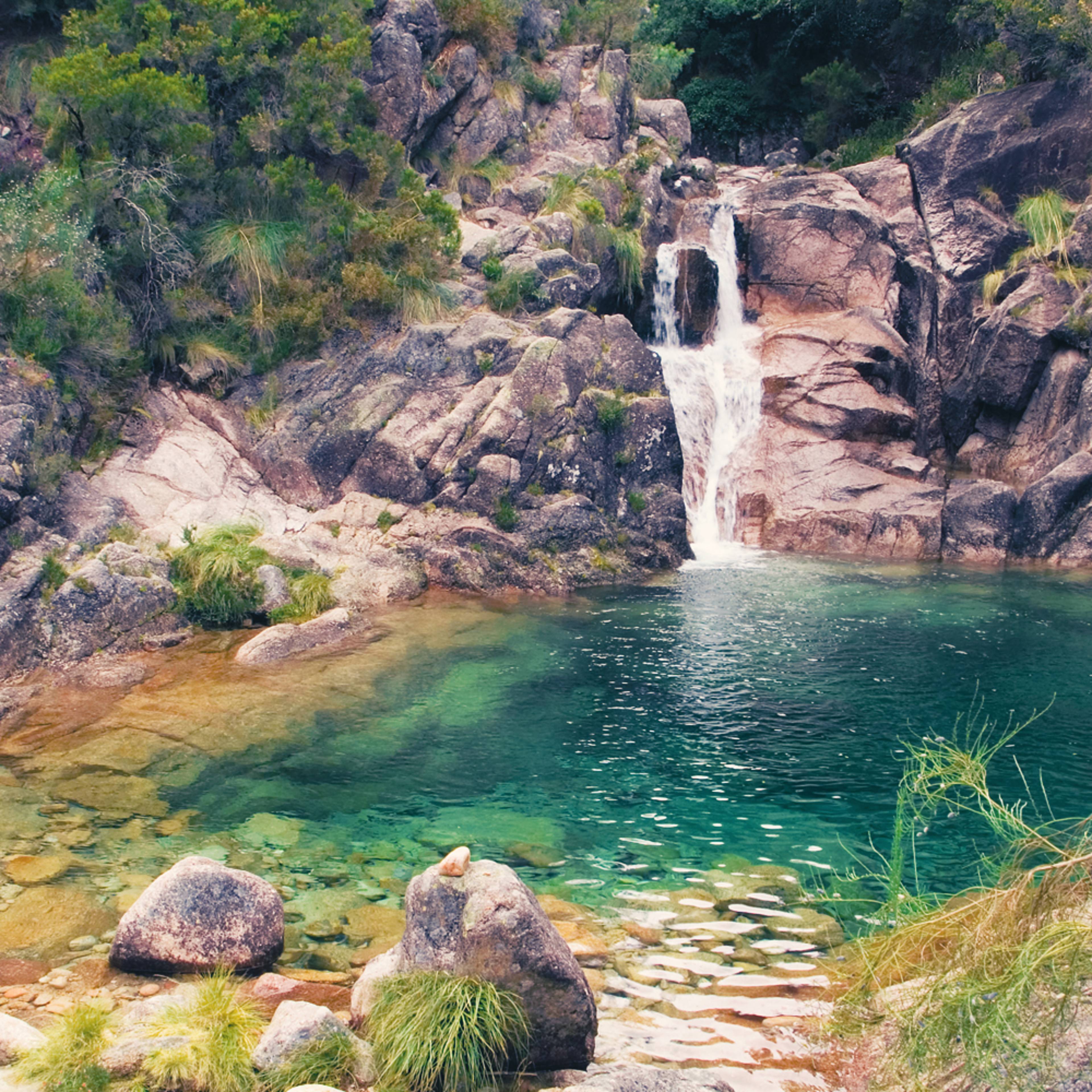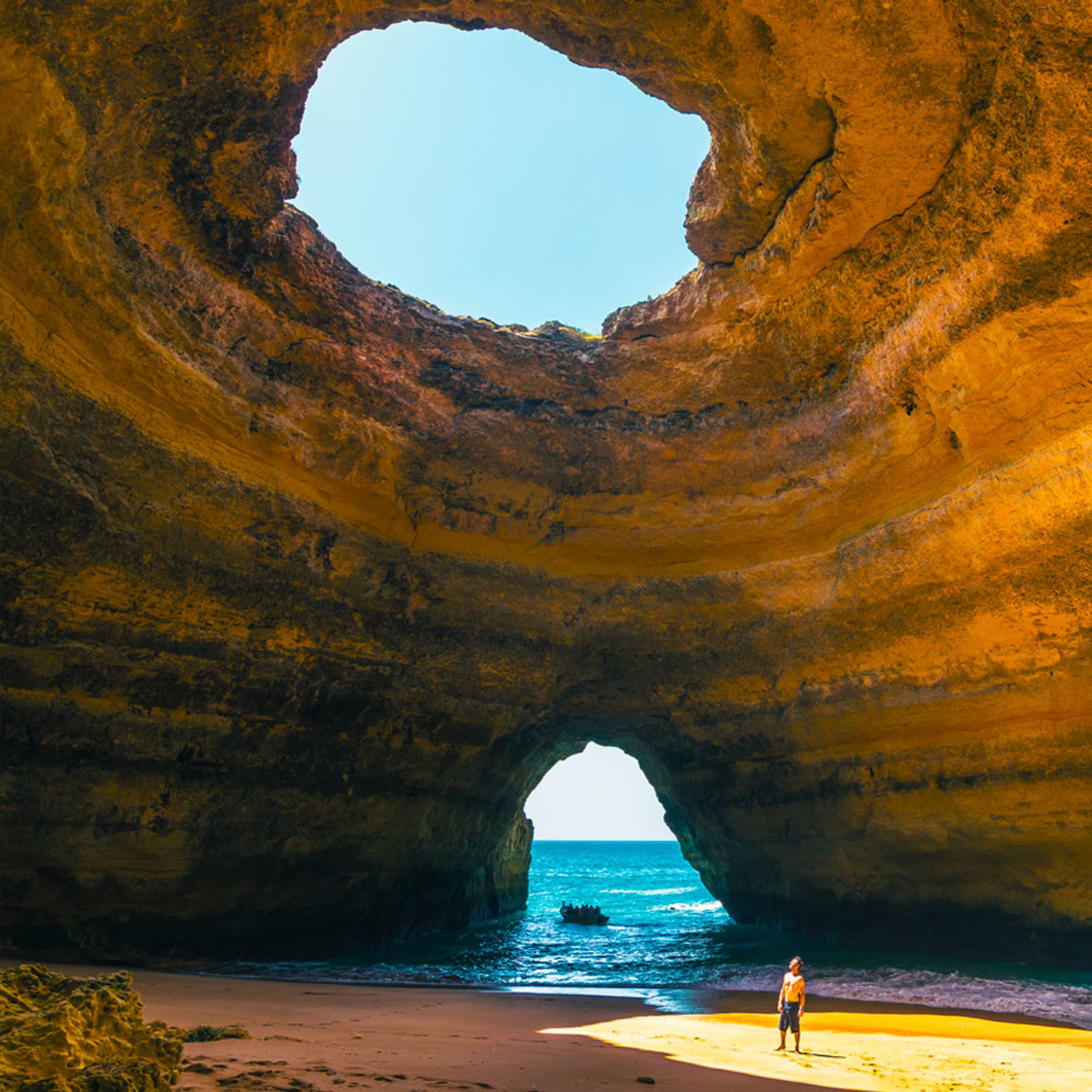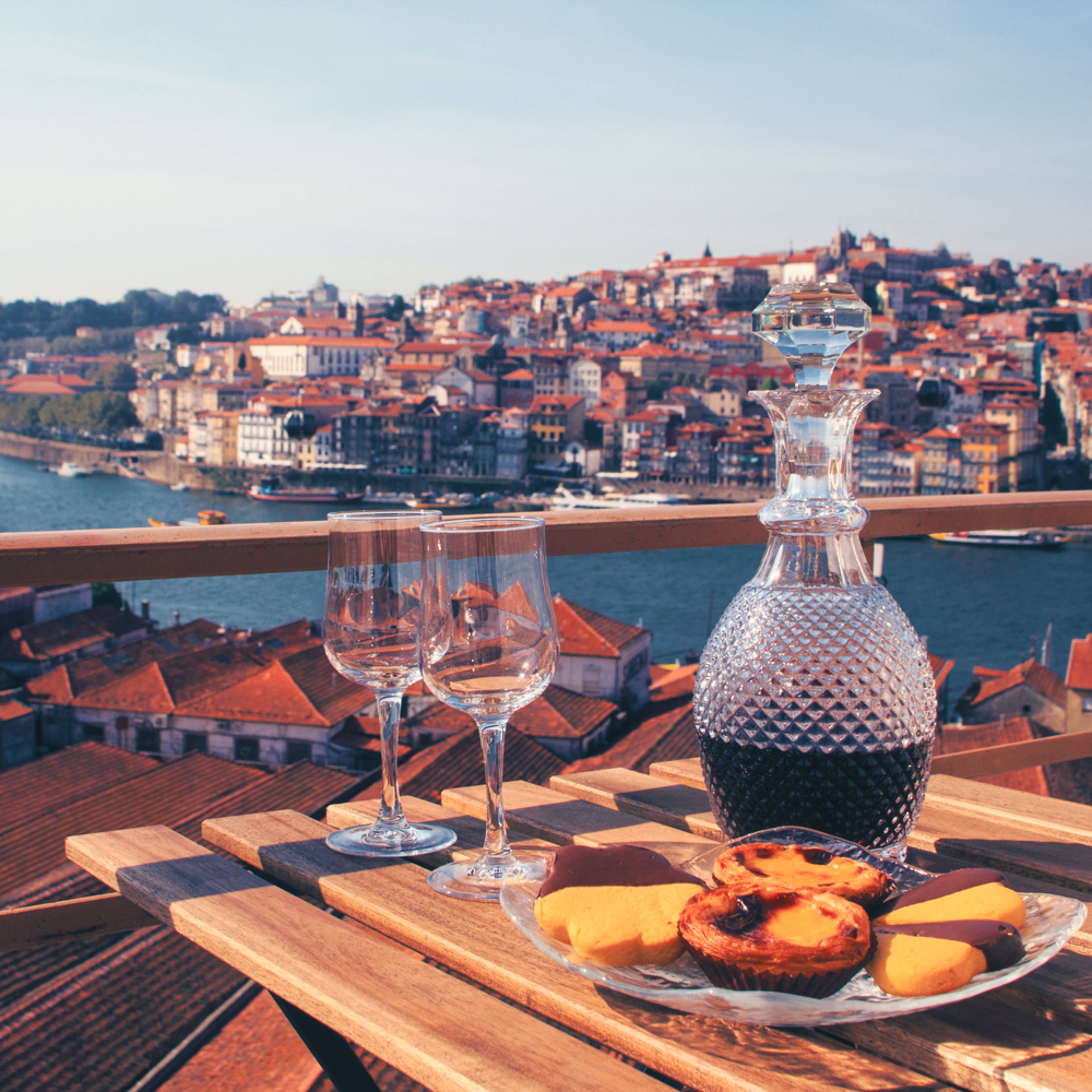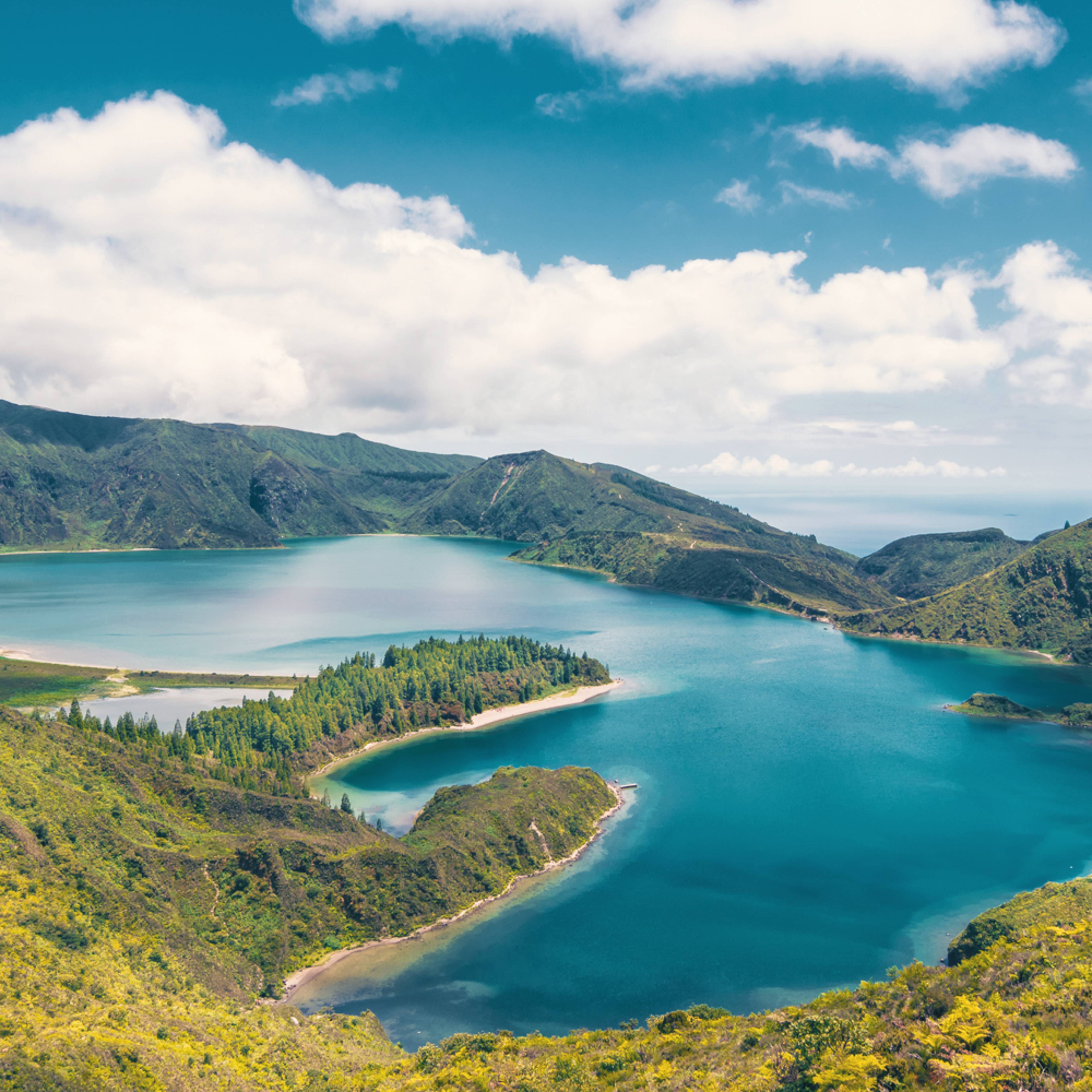

Start planning your historical tour of Portugal
From Sagres in the south to Braganca in the north, travelers wishing to visit Portugal's historical sites are spoiled for choice. Sites range from much-visited destinations such as the Monasterio de Jeronimos in Lisbon and Sintra's Palace de Pena to hidden-away gems such as the boulder-strewn village of Monsanto or the medieval architecture of Tomar.
What makes Portugal a great destination for history lovers?
Portugal was settled in turn by Celts, Phoenicians, Carthaginians, Romans, and Moors before becoming a kingdom in 1139 under King Afonso Henriques. These settlers shaped the country's culture and landscape leaving traces still visible today. Also influential was Portugal's part in the Age of Exploration. From the 14th-century onwards, explorers such as Vasco da Gama brought back untold wealth to the country.
The best historical sites in Portugal to visit
As the country with the oldest borders in Europe, the historical sites of Portugal don't disappoint. Cobbled city streets are lined with historic buildings while many tiny villages are dominated by centuries-old castles or towered over by imposing churches. Here are five Portuguese historic sites to tempt you.
Coimbra, the home of fado
Coimbra is the birthplace of fado and home to Portugal's oldest university. Houses line the banks of the river, climbing up the hillside via small lanes and staircases. Nearby is Condeixa-a-Nova, one of Portugal's best-preserved Roman sites.Follow in the footsteps of the Templar Knights at Castelo Branco
Near the Spanish border is Castelo Branco, a quiet town often overlooked by travelers. Towering over it is the 12th-century castle and walls built by the Knights Templar. The town is a maze of cobbled alleys with street names that tell a story such as the Rua dos Peleteiros, or Street of the Furriers.Guimarães - the birthplace of a nation
From 'county' to 'country', Guimarães is where Portuguese independence started and the birthplace of King Afonso Henriques, Portugal's first king. The Palace of the Dukes of Bragança showcases the town's medieval history. The banqueting hall's ceiling was designed to look like a ship's upturned keel.Defending the Alentejo - Marvão
Straddling a massive geological formation is Marvão. Its castle dominates the landscape and for centuries protected the settlements of the Alentejo. Walk along its impressive walls for spectacular views across Portugal and Spain.
The mysterious Alentejo Megaliths
Across the Alentejo are striking megalithic sites giving a historic mystery to the region. One of the most important in Europe is the Almendres Cromlech, an oval-shaped megalith made up of 95 stones.
Tips for planning a historical tour of Portugal
Lisbon and Porto are always popular with visitors but once away from the city centers, there are fewer crowds and pleasantly quiet roads. Fly into Lisbon or Porto airports where you will find a good choice of car rental providers.
At Evaneos, we can help to connect you with English-speaking experts on Portuguese history, while also helping you plan a circular itinerary, tailoring a tour of Portugal historical sites that meets your needs exactly.


